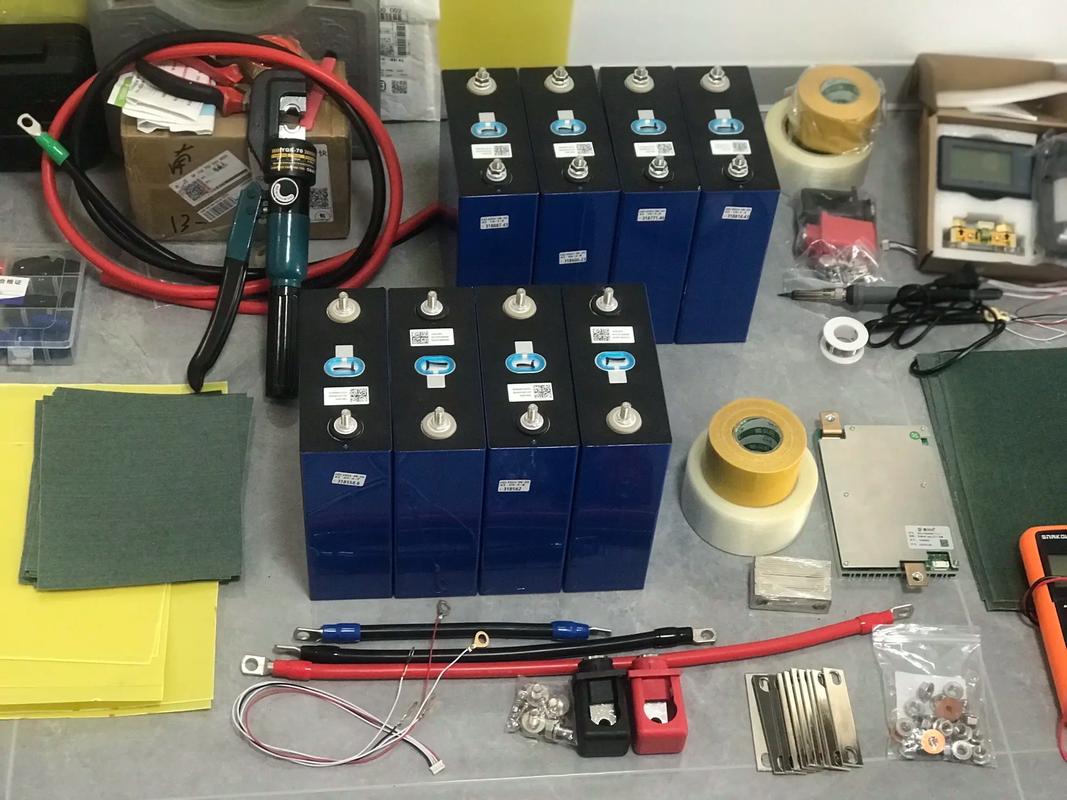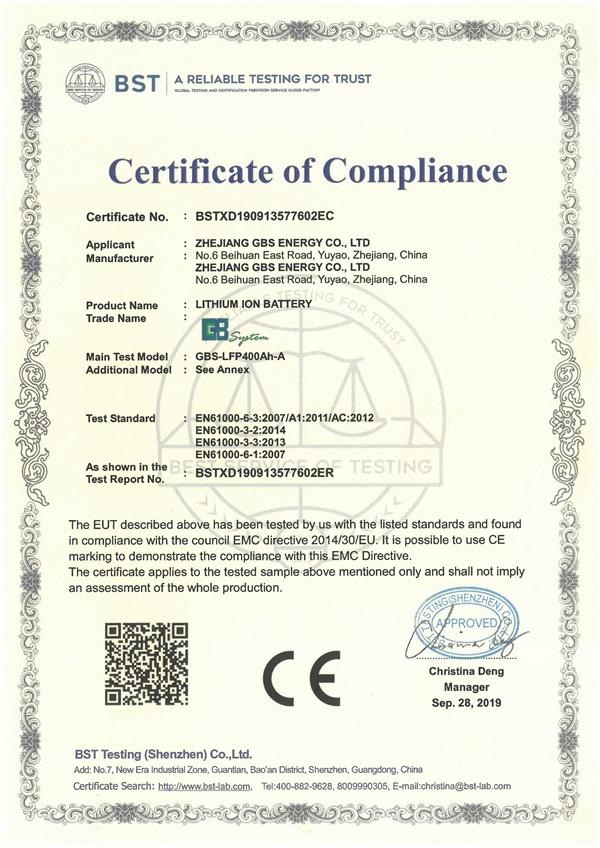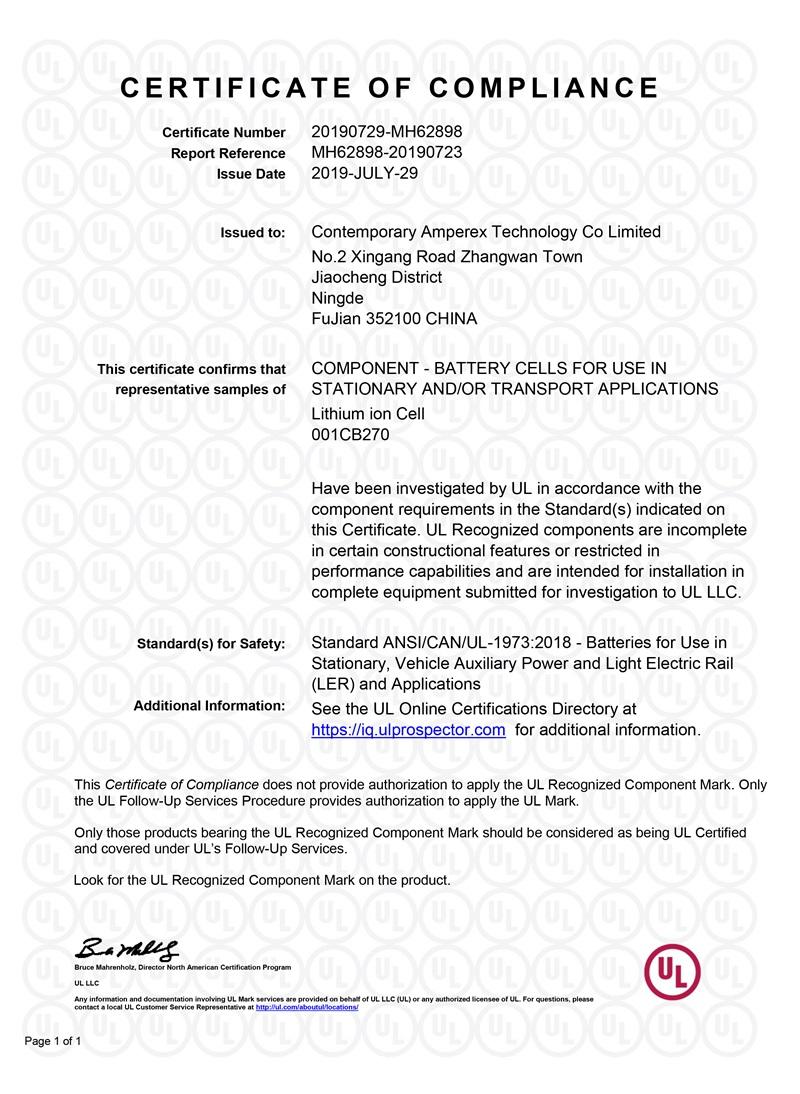Blog
How to Care for and Maintain Your LiFePO4 Battery
2025-09-10 | Calvin

LiFePO4 (lithium iron phosphate) batteries are tough, safe, and long-lived — which is why folks use them for solar storage, RVs, marine systems, and backup power. But they still need the right care to deliver on that promise. Below is a clear, practical guide to charging, discharging, storing, and troubleshooting LiFePO4 batteries — written so you can act fast and keep your pack healthy.
Table of Contents
- How to charge your LiFePO4 battery
- How to discharge your LiFePO4 battery
- How to store LiFePO4 batteries long-term
- Common mistakes & myths
- How to monitor and test battery health
- Troubleshooting common issues
- Practical checklist (before you buy / install)
- Conclusion
How to charge your LiFePO4 battery
- Use a charger made for LiFePO4 or one you can configure to LiFePO4 settings. Don’t try a generic lead-acid charger unless it has an LFP profile.
- Charge method: Constant Current (CC) until near full, then Constant Voltage (CV) until current tapers. Typical full charge voltage is **~3.60–3.65 V per cell** (≈14.4–14.6 V for a 12.8–13.2 V nominal 4-cell pack). Charge rates of **0.5C–1C** are common; slower charging is gentler and extends life.
- Temperature rules: Charge only when the cell temperature is above ~0°C (32°F). Charging at or below freezing risks lithium plating and permanent damage.
- Avoid overcharging. A proper BMS will cut charge at high voltage — still, set your charger to the recommended LiFePO4 voltage to avoid stress.
How to discharge your LiFePO4 battery
- Moderate discharge rates are best for longevity. High C-rates shorten cycle life — the faster you pull, the quicker the wear. Real-world tests show discharge rate and temperature strongly affect cycle life.
- Depth of discharge (DoD): LiFePO4 tolerates deep discharge better than many chemistries, but staying in the middle range (e.g., using 10–80% SoC) dramatically increases cycle life. Occasional full discharges are acceptable but not ideal for daily cycling.
- Operating temp: LiFePO4 works over a wide range (typical specs -20°C to +60°C for discharge), but performance and life are best in cool, moderate temps.
How to store LiFePO4 batteries long-term
- Store at partial charge — roughly 40–60% SoC. This reduces stress and limits capacity fade during storage. Check and recharge periodically for long storage periods (every 3–6 months is a common recommendation).
- Keep them cool and dry. Ideal storage is around room temperature (≈15°C / 59°F). Avoid direct sunlight, heaters, or freezing locations.
- Disconnect loads and isolate the battery when possible to prevent slow self-discharge or parasitic drains.
Common mistakes & myths
- Myth — “Batteries need full cycles to avoid memory.” Not true for LiFePO4. They don’t have the memory effect of old NiCd cells; partial charge/discharge is fine and often better.
- Mistake — using the wrong charger. That’s a fast route to reduced life or even damage. Always match chemistry, voltage, and BMS expectations.
- Mistake — charging in freezing temps. Don’t do it. It can plate lithium metal and ruin the cell.
- Mistake — ignoring the BMS. A good Battery Management System protects against over/under voltage, overcurrent, and cell imbalance. Cheap or absent BMS = big risk.
How to monitor and test battery health
- Use a good battery monitor / shunt + voltage logger. Track Ah throughput, current, voltages per string, and pack SoC trends. Regular logs spot gradual losses before they become failures.
- Measure internal resistance and capacity: A controlled discharge test (known load, measure Ah out) gives a clear capacity figure. If capacity drops substantially vs. spec, it’s time to inspect or replace cells.
- Watch for warning signs: persistent voltage sag, rapid self-discharge, swelling, or a BMS that keeps disconnecting are red flags.
Troubleshooting common issues
- Cell imbalance: Symptoms — pack voltage ok but individual cell voltages vary. Fix — balance via BMS top-balancing or a dedicated balancer; in severe cases, replace weak cells.
- Low capacity: Caused by age, high DoD, heat, or abuse. Confirm with capacity test; if lost >20–30% vs spec, consider service or replacement.
- BMS lockout: If the BMS cuts out (over/under voltage), follow manufacturer reset steps — often recharge within safe windows or use BMS service modes.
Practical checklist (before you buy / install)
- Confirm **charger** and **inverter/charger** have LiFePO4 settings.
- Ensure a reputable **BMS** is included and configured.
- Ask vendor for **datasheet**: nominal voltage, charge voltage, charge/discharge temp range, recommended charge rate (C). Keep the sheet handy.
- Plan for **storage SoC management** if the battery will sit unused for months.
Conclusion
LiFePO4 batteries give you long life and safety — but only if you respect basic rules: right charger, sensible temps, partial storage SoC, and a solid BMS. Do that, and your pack will reward you with years of reliable service.
- Next:What Is Lithium-ion Battery Consistency?
- Previous:What Should You Do If a LiFePO4 Battery Leaks?
Contact Details
Lithium LiFePO4 Batteries and Lithium LiFePO4 Cells Supplier - LiFePO4 Battery Shop
Contact Person: Miss. Elena Wang
WhatsApp : +8615263269227
Skype : +8615263269227
WeChat :15263269227
Email : info@lifepo4batteryshop.com
All Products
- A123 Battery (5)
- Sinopoly Battery (7)
- GBS Battery (16)
- CALB Battery (9)
- Cylindrical Cell (1)
- Energy Storage System (0)
- Battery Management System (2)
- Sodium ion Battery Cell (1)
- Lithium Titanate Battery (8)
- Ternary Lithium Battery Cell (1)
- REPT Battery (8)
- BYD Battery (2)
- CATL Battery (14)
- Thunder Sky Winston Battery (20)
- EVE Battery (29)
- LiFePO4 Battery Cell (2)
Certification
Customer Reviews
- I have fond memories of our meeting in Shanghai with LiFePO4 Battery Shop Elena. Your company left a strong impression on me with its impressive growth and professionalism. We both value straightforwardness and honesty, which I believe are the most important qualities in any partnership. I am confident that we can build a successful collaboration based on these shared values. —— Robert from USA
- I've been working with LiFePO4 Battery Shop for years, and their reliability is unmatched. While other suppliers frequently change sales teams, LiFePO4 Battery Shop has consistently provided exceptional service with a stable team. Their commitment to quality and customer support truly sets them apart. —— Henry from Australia



